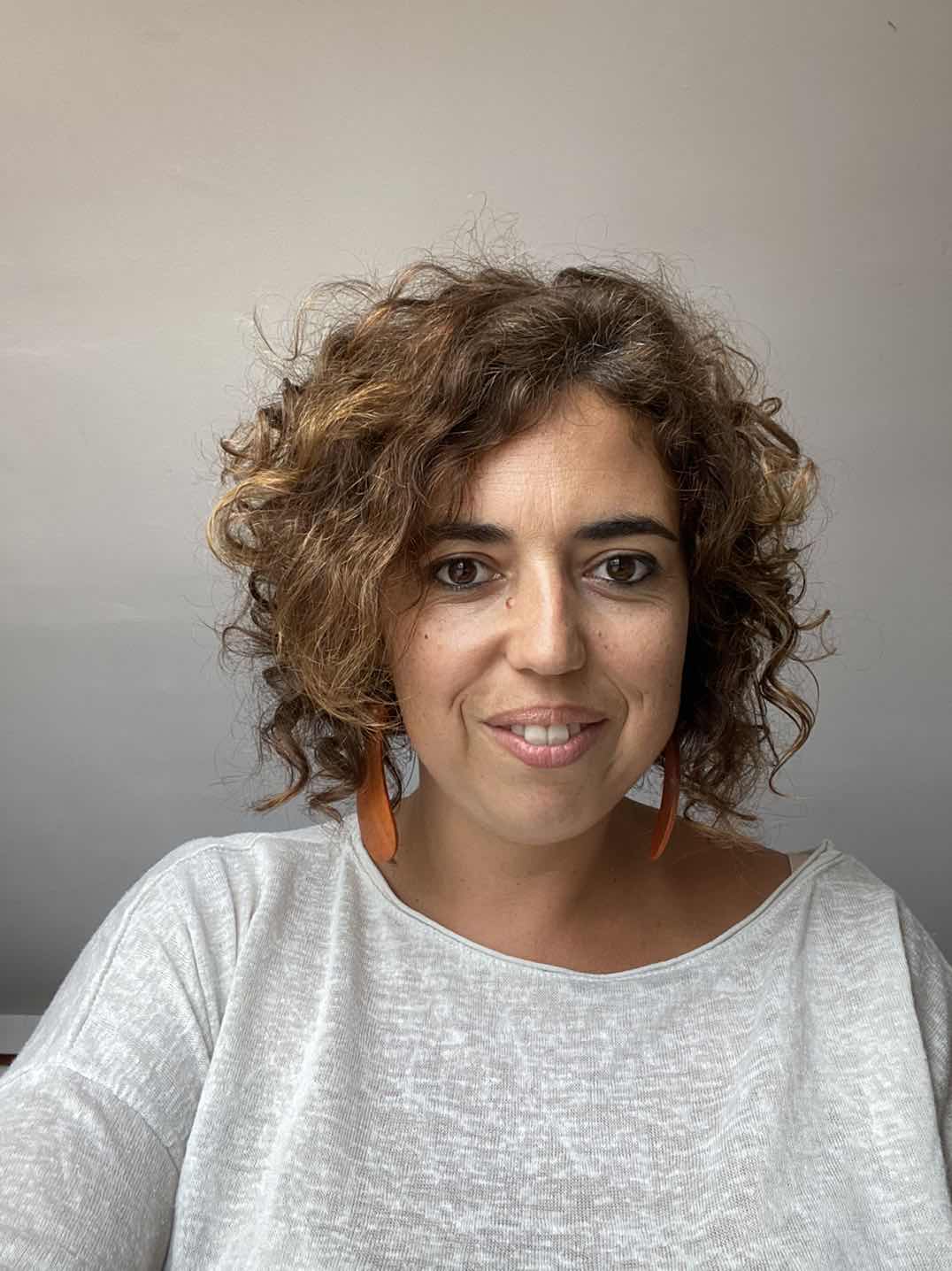
Belt & road organ donation capacity improvement cooperation training project (BROAOD)
Chloë Ballesté1,2, Martí Manyalich1, Miao Pu3, Jie Zhao3, Yuanfei Zhao3, Yang Zhao3, You Wu4, Carmen Blanco1, Entela Kondi1, Alexandra Rudak1, Marta Cabezali1, Yishan Chen3, Seow Huey Choy3, Hongtao Zhao1.
1DTI Foundation, Barcelona, Spain; 2Medical School, University of Barcelona, Barcelona, Spain; 3China Organ Transplantation Development Foundation, Beijing, People's Republic of China; 4Institute for Hospital Management, Tsinghua University, Beijing, People's Republic of China
Background: The lack of awareness and knowledge about organ donation (OD) and transplantation (OT) among health professionals is one of the main reasons contributing to donor shortage. Seeing the need to improve the donation activities in China and Belt and Road countries, China Organ Transplantation Development Foundation and Donation (COTDF) and Transplantation Institute (DTI) Foundation jointly initiated the Belt and Road Organ Donation Capacity Improvement Cooperation Training Project to provide intensive training in OD and OT to health professionals from these regions.
Methods: The program used an interactive and dynamic online modality consisting of round table discussion, presentation of clinical cases, gaming, and workgroup interaction. The bilingual training (Chinese and English) adopted the best practices in OT and OD and was delivered by international experts. A questionnaire to evaluate changes in perception, confidence, and capability towards essential components of organ donation was administered pre-and post-course.
Results: Three editions of the 3-day course were conducted in May, August, and December of 2021. A total of 182 participants were trained, of which 23% (n=42) were international participants from the B & R countries. The participants consist of majority intensive care doctors and other health professionals involved in OT and OD such as donor coordinators, emergency physicians, and nephrologists from more than 60 different hospitals. Seventy-four matched pairs of responses from the pre-and post-course survey were available for analysis. Whilst 16% of the participants showed positive change in their perception towards organ donation, majority (77%) expressed that their perception remained unchanged. Increased confidence was observed among the participants in effective donor maintenance (19/74; 26%), communication with coordinator (17/74; 23%), initial family communication (16/74; 22%). There was 24% (18/74) showed decreased confidence in detection of potential donor. Large proportion (55 – 78%) of the participants stated no changes of confidence in these areas. Nearly all the participants showed above average improvement of capability in various processes of organ donation.
Conclusion: This program improved the capability of the participants to perform donation activities. Continuous and in-depth training with more simulations is needed to further enhance confidence of the health care professionals especially in donor detection. The course served as a platform for the participants to exchange opinions and differences in practices with international experts. This international cooperation initiative promoted by the COTDF and DTI Foundation is an excellent example of leading international engagement and supporting the global community to reach self-sufficiency in OD and OT.
